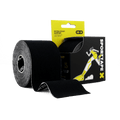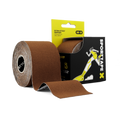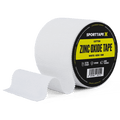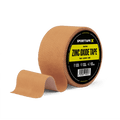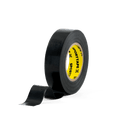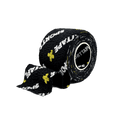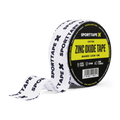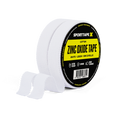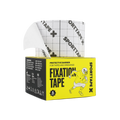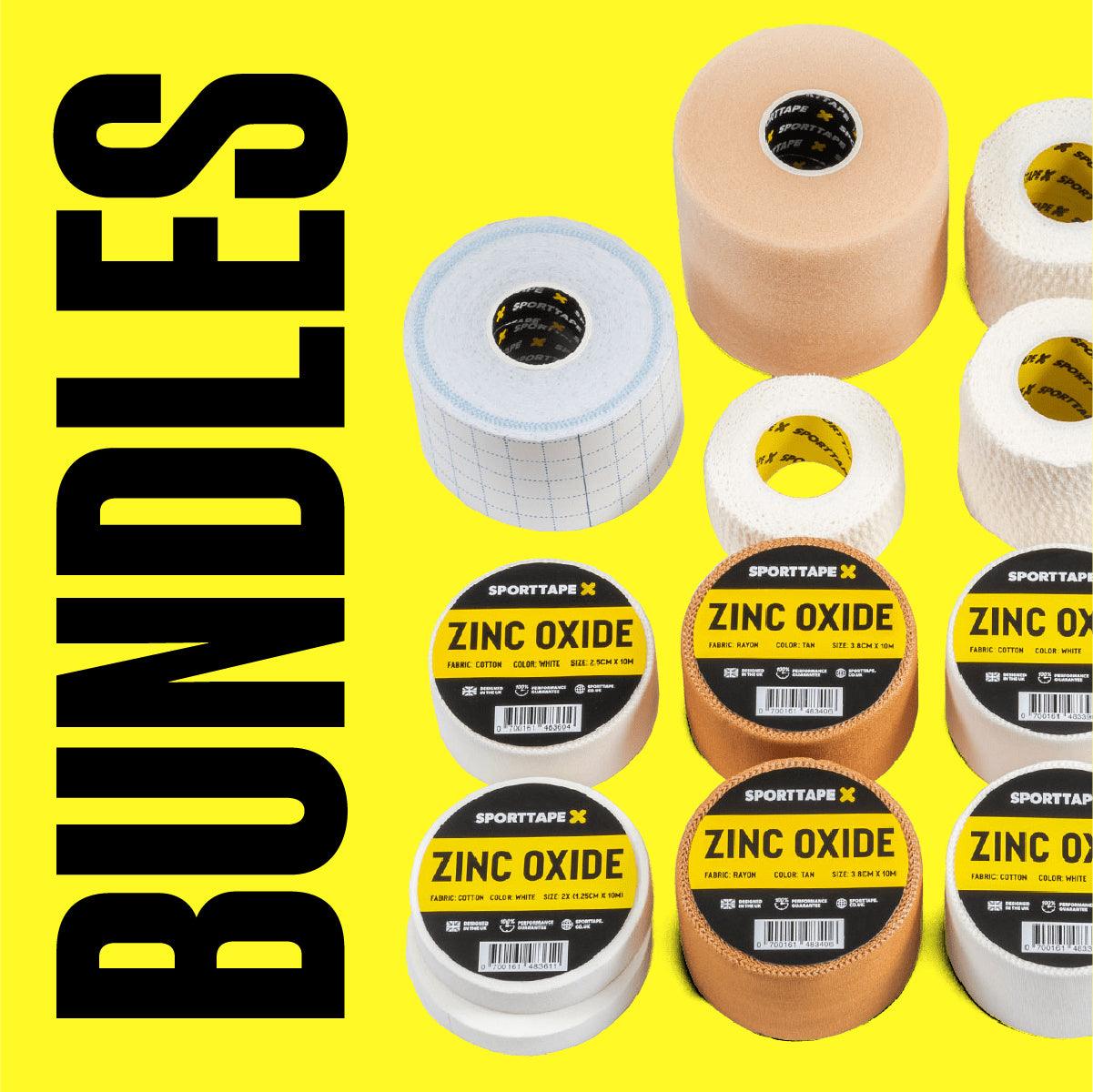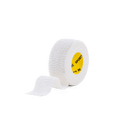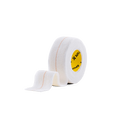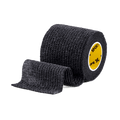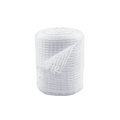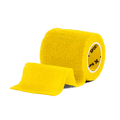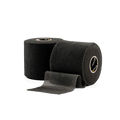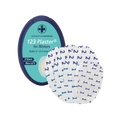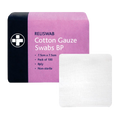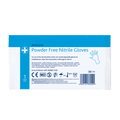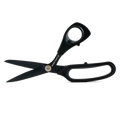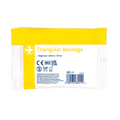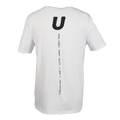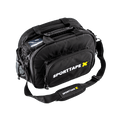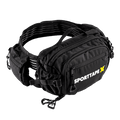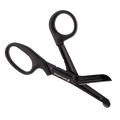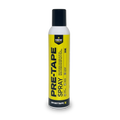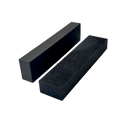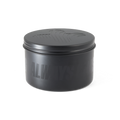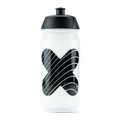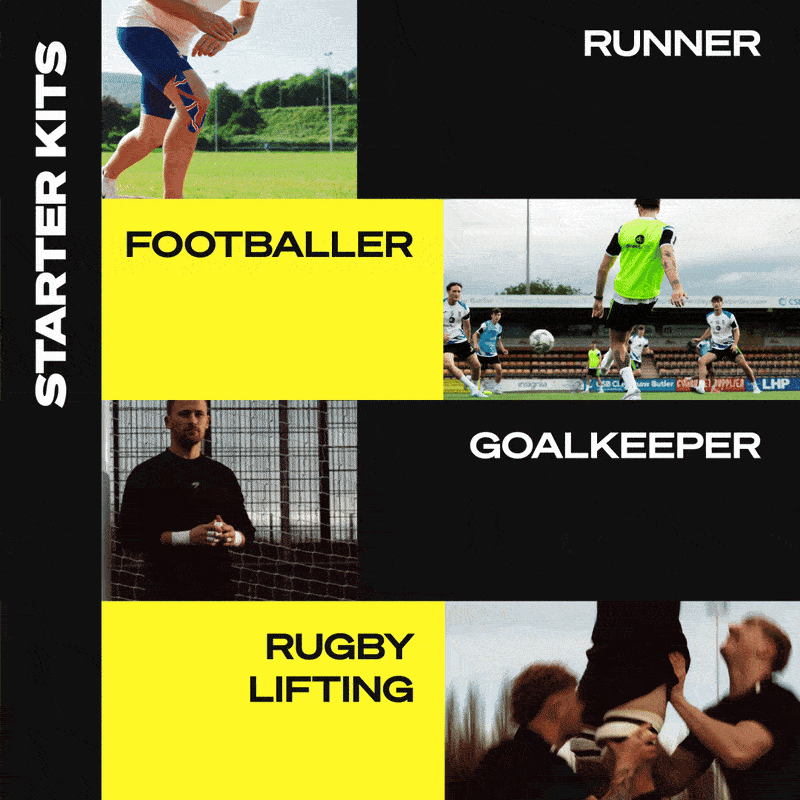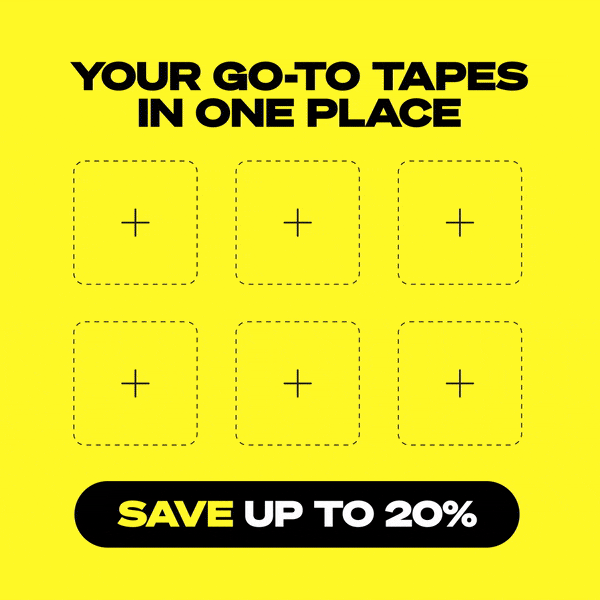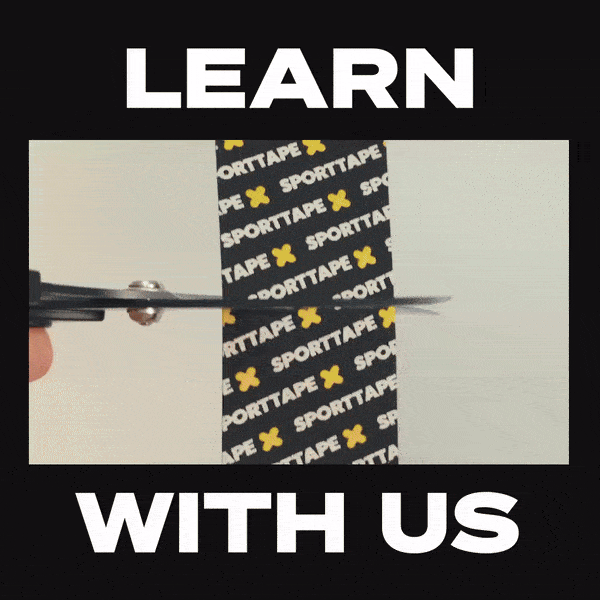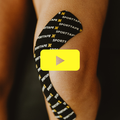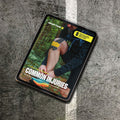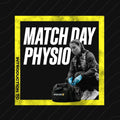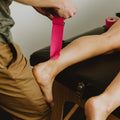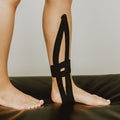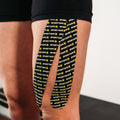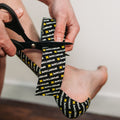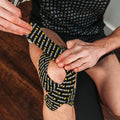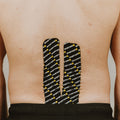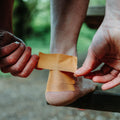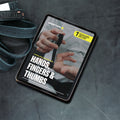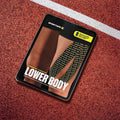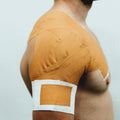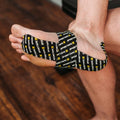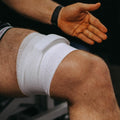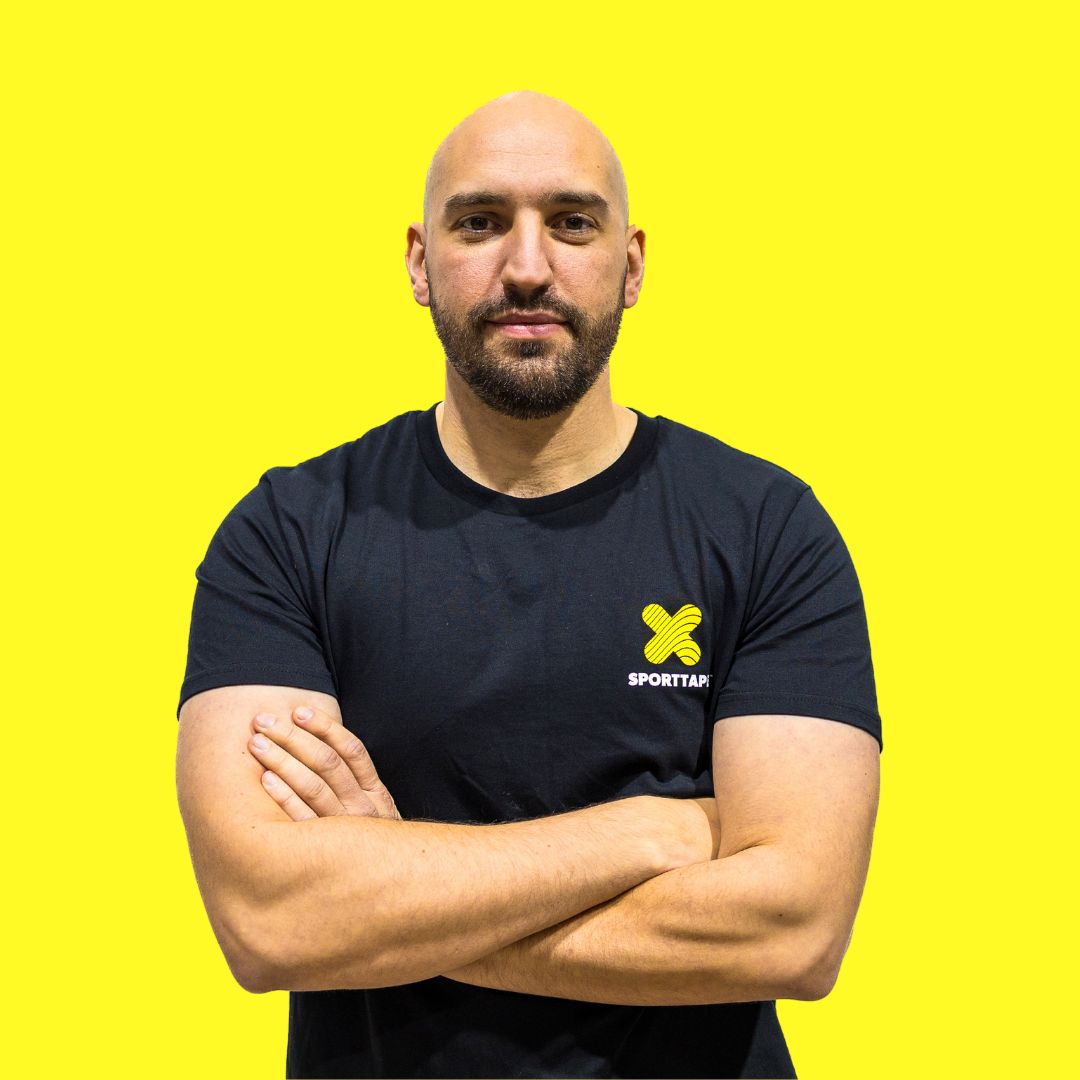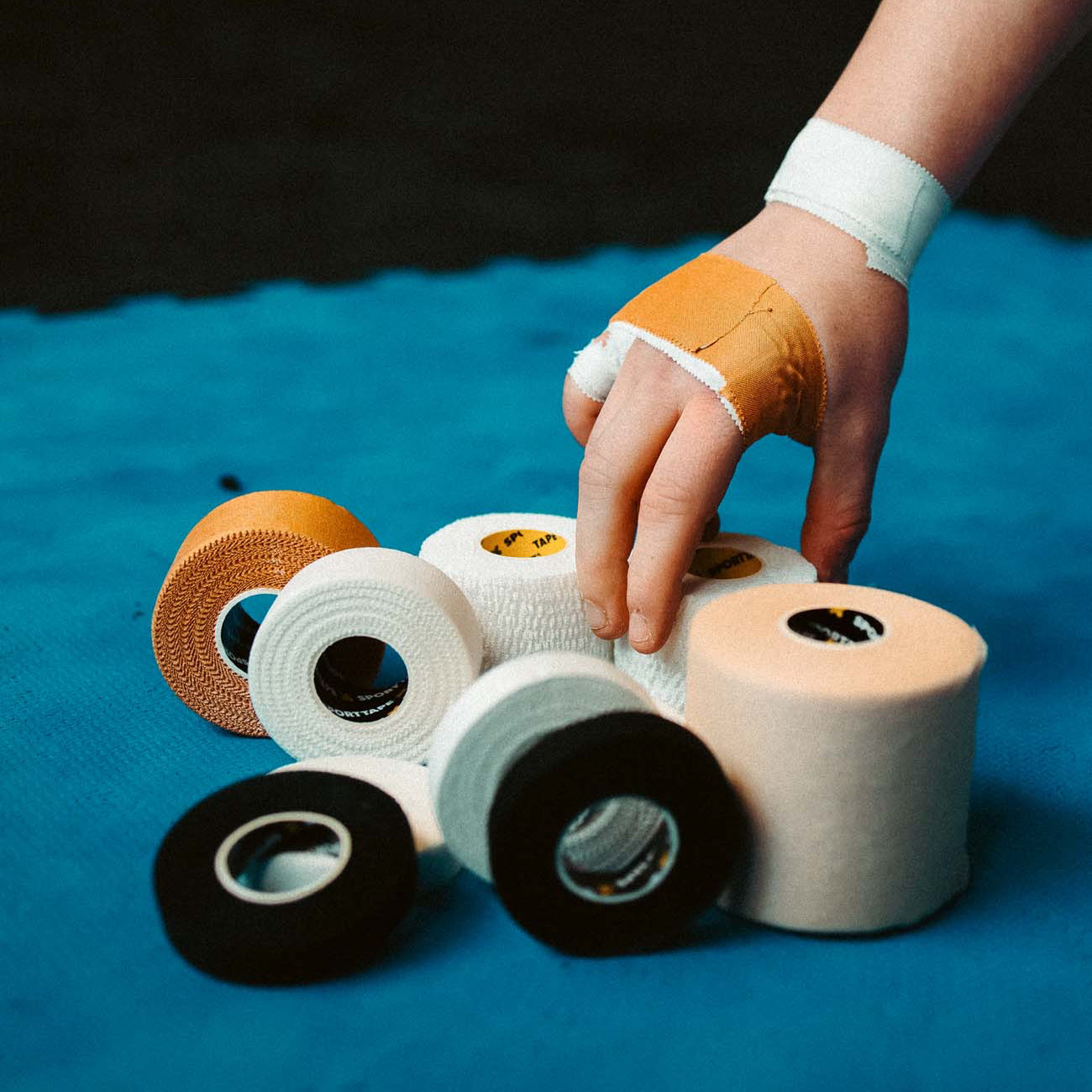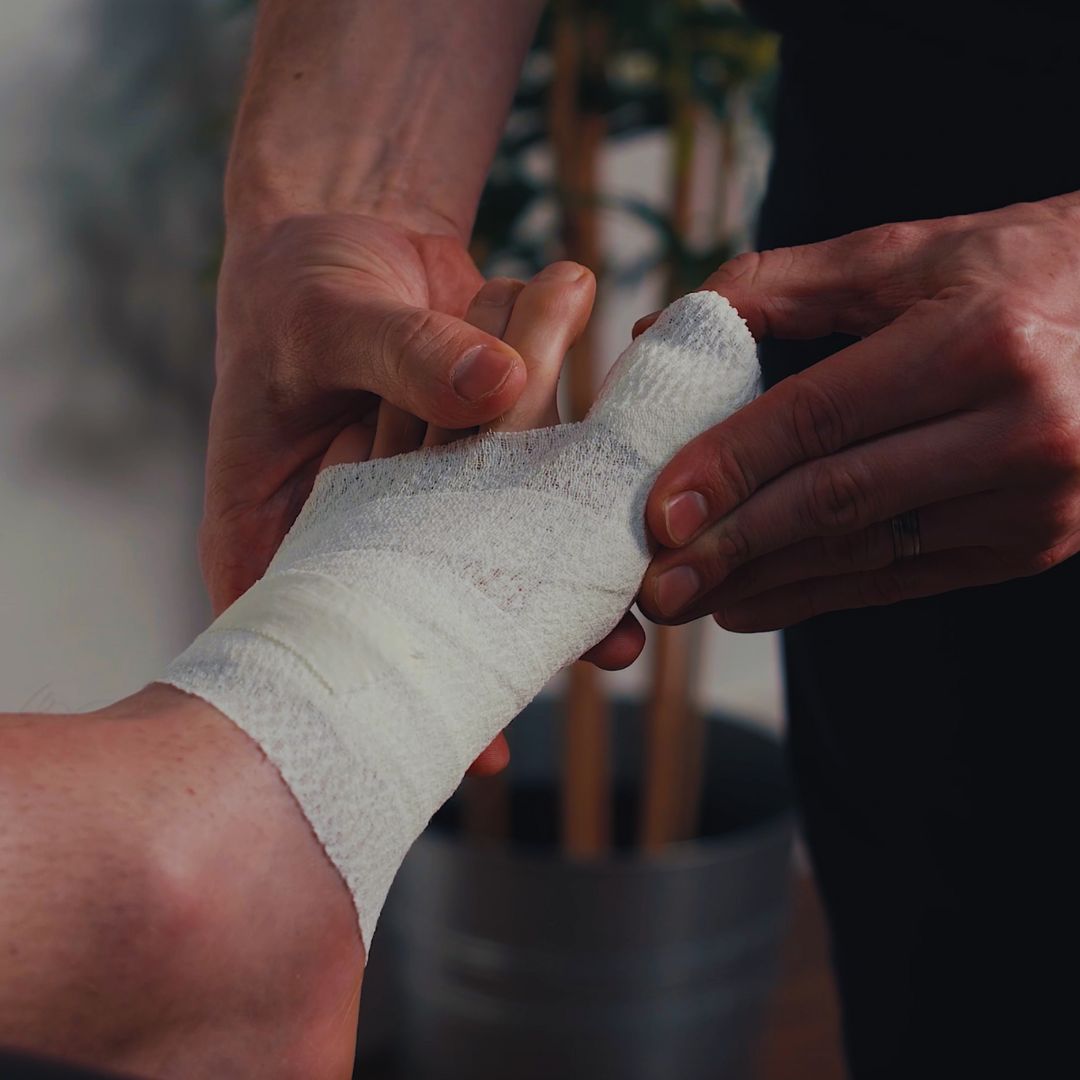Chances are, you've heard the phrase 'cutman' before. You may even know that it's generally associated with boxing and other forms of combat sports. If you haven't, then good news! Because we sat down with GB Boxing physio, Aiden Doyle, to discuss exactly what the role is and what it takes to become one.
Cutmen are an essential element of boxing and something that will always be required to help athletes in the build-up and during a fight. So, if you're training to become a physiotherapist and might be interested in working in the sport, stay tuned for Aiden's top tips and advice...
WHAT GOES INTO BEING A CUTMAN:
WHO IS BOXING CUTMAN AIDEN DOYLE?
Exactly what it says on the tin!
Aiden Doyle (@doyle.cutman) is an elite physiotherapist, currently working for GB Boxing - the organisation tasked with helping young up-and-coming athletes to make it to the Olympics and beyond. Formerly a Premier League academy and women's first team physio, he made the switch from pitch-side to ring-side a few years back and has worked in the sport ever since.
Like almost every top physio, he spent his early career working in clinics and with a lot of his early development coming in football, he established himself as elite pretty quickly.
Working with the GB Boxing team has meant that he's been able to travel to places that he never would have dreamed and work with athletes who are aspiring to be world champions and Olympic medalists.
As Aiden described it, "I've always loved sport. I wasn't naturally gifted enough to be an athlete, but I loved biology and health, so it seemed like the ideal career path for me".
Q&A WITH AIDEN DOYLE
WHAT IS A CUTMAN?
Essentially, the roll of the cutman is to minimise the amount of damage the boxer/athlete takes during rounds and ensure they're as physically safe as they can be in the moments before they enter the ring.
As Aiden's put it, "our job is to minimise any potential bleeding from cuts, and if someone sustained a cut, control any swelling. Anything that's going to give them the best chance of going back out there and winning the fight".
They really are a crucial member of the fighter's corner and can be the difference between a fight going their way or not.
WHAT ADVICE DO YOU HAVE FOR YOUNG PHYSIOS LOOKING FOR A JOB IN BOXING?
Reaching the elite levels of sports, whatever the position, is not an easy thing to do at all. It can take years. Which absolutely shouldn't put people off, but it's definitely worth understanding.
"Learn off absolutely everyone. Almost act like you don't know anything at all. Ask any and all questions that you can think of. If I could start again, I would definitely ask more questions."
A common question we see come up is, what's more important, experience or connections when you're starting out? After speaking to Aiden, it sounds like it's a bit of both. "Having connections is a really good thing, but you can't substitute experience. Working in a grass roots environment, where it's a considerably slower pace is the best place to learn".
HOW OFTEN ARE YOU USING TAPE AND GAUZE AS A CUTMAN?
As anybody in the physio game will tell you, taping and strapping is a skill that you are likely going to need to practice at some point or another. But, to what extent does it matter in boxing?
Some cutmen may only be there during the fight, as opposed to the preparation before the fight. But, the main tapes and essentials that you're going to have on hand are Boxing Gauze, swabs and a Zinc Oxide Tape to help strap hands and knuckles.
There'll always be some physios that will have some other rolls on hand, like a Cohesive Bandage, but it's very much down to what tape you're used to.
WHY DO BOXERS HAVE TO HAVE THEIR HANDS TAPED?
Is it an official rule for boxing? Must you get your hands taped before getting in the ring? For all intents and purposes, yes.
As Aiden explained, it is, of course, used to add some much needed padding to your knuckles and fist in general, to avoid fractures or tendon injuries, but also to add some stability to the back of your hand and your wrist.
"So, the main reason for taping up a boxers hands is stability. You don't want too much flexion or extension. It's about making sure you secure those structures to give them as little chance as possible of injuring their hands."
WHAT ARE THE MAIN DIFFERENCES BETWEEN BEING A BOXING PHYSIO AND A GENERAL SPORTS PHYSIO?
Aside from the obvious stuff, the principles remain the same across most disciplines, even boxing.
"I think the fundamentals are exactly the same. When it comes to physiotherapy, you're doing your assessments of injuries, focusing on rehab, that doesn't tend to change. Other than the fact that some sports might be lower body dominant and some upper body dominant. But the philosophy and assessments behind treating them, near enough, remain the same."
It's always really fun for us to be able to speak and work with an elite physio that's been there and done that, like Aiden, so a massive thanks to him for sharing his knowledge with us. Boxing is a sport we haven't done a whole lot of work with in the past, but with him, we're hoping to bring out more and more content for you soon.
If you have any boxing related questions for either us or Aiden, get in touch! We're happy to help.


